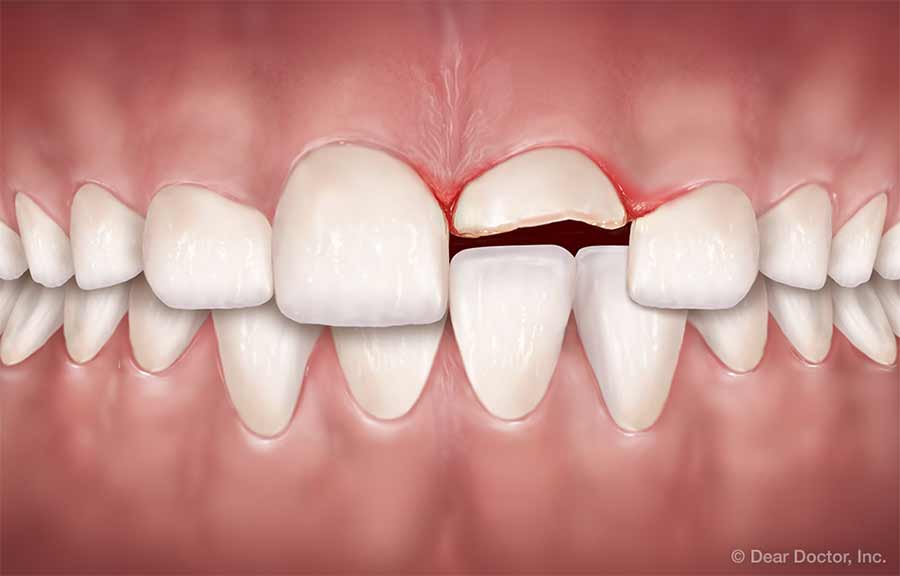Dental injuries are common, and they can be quite painful and debilitating. Traumatic dental injuries can occur due to various reasons, including accidents, falls, sports injuries, or violence. These injuries can range from minor cracks or chips to severe damage to the tooth or surrounding tissues. It’s essential to understand the causes, types, symptoms, and treatment options for traumatic dental injuries to prevent further damage and promote a quick and complete recovery.
Types of Traumatic Dental Injuries
Traumatic dental injuries can be classified into three main categories based on the extent and severity of damage:
- Fractures: This is the most common type of traumatic dental injury, which involves a crack or break in the tooth structure. The fracture can be shallow or deep, and it can extend through the enamel, dentin, or pulp. Fractures can be classified into different types, such as enamel, enamel-dentin, and enamel-dentin-pulp fractures.
- Luxation: This type of injury involves displacement of the tooth from its socket. Luxation injuries can be categorized into several types, such as lateral luxation, intrusion, extrusion, and avulsion.
- Soft Tissue Injuries: Traumatic injuries can also affect the soft tissues surrounding the teeth, such as the gums, lips, and tongue. Soft tissue injuries can range from minor cuts and bruises to severe lacerations and puncture wounds.
Symptoms of Traumatic Dental Injuries –
The symptoms of traumatic dental injuries can vary depending on the type and extent of damage. Some common signs and symptoms include:
- Pain or sensitivity in the affected tooth
- Swelling or bruising of the gums, lips, or cheeks
- Bleeding from the mouth or gums
- Discolouration or darkening of the tooth
- Difficulty biting or chewing
- Loose or wobbly tooth
- Visible crack, chip, or missing piece of the tooth
- Displacement of the tooth from its normal position
- Inability to close the mouth or bite down properly
Treatment Options for Traumatic Dental Injuries –
The treatment for traumatic dental injuries depends on the type and extent of the damage. Some common treatment options include:
- Restorative Treatments: Restorative treatments are used to repair or replace damaged tooth structures. This may include filling cavities, bonding, crowns, or veneers. These treatments are often used for minor to moderate fractures or chips.
- Endodontic Treatments: Endodontic treatments are used to treat injuries that affect the pulp or nerve of the tooth. This may include root canal therapy or pulp capping. These treatments are often used for deeper fractures or injuries that involve the pulp.
- Orthodontic Treatments: Orthodontic treatments are used to reposition displaced teeth or correct bite problems. This may include braces or retainers. These treatments are often used for luxation injuries.
- Surgical Treatments: Surgical treatments may be necessary for severe injuries or when the tooth is avulsed (knocked out of the socket). This may include repositioning the tooth back into the socket, splinting, or dental implant placement.
Preventing Traumatic Dental Injuries –
Preventing traumatic dental injuries is possible by taking a few precautions. Some tips for preventing dental injuries include:
- Wear Protective Gear: If you play sports, wear a mouth guard or helmet to protect your teeth from impact.
- Avoid Hard or Sticky Foods: Avoid chewing hard or sticky foods, such as ice, popcorn, or hard candy, as they can cause fractures or chips.
- Don’t Use Your Teeth as Tools: Avoid using your teeth to open bottles, tear open packages, or bite your nails, as this can cause fractures or chips.
- Practice Good Oral Hygiene.

